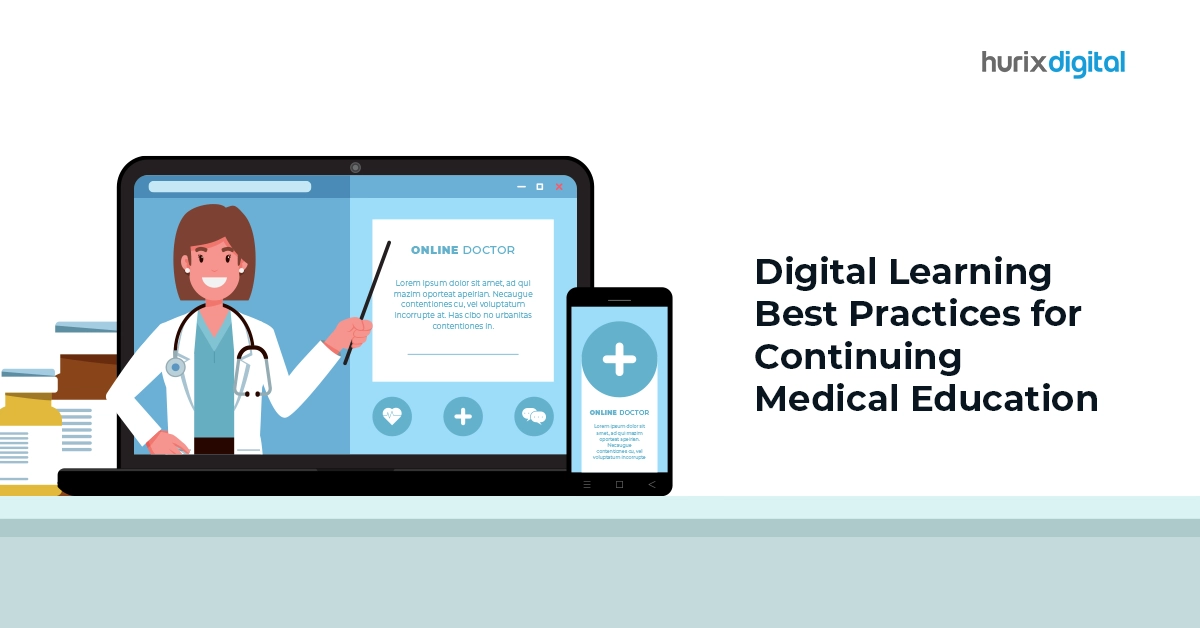LMS integration allows other LMS systems to connect without any problems and it also enables embedding content from different systems so that it makes it easy for the users to login to your LMS with the help of their system credentials.
Q: What is LMS integration?
A: The process of linking a learning management system (LMS) with other systems, such as a student information system (SIS), a human resource management system (HRMS), or a customer relationship management (CRM) system, is referred to as LMS integration. A more effective and efficient management of learning and training is made possible by the integration, which allows for data sharing and synchronization between the systems.
Q: Why is LMS integration important?
A: Integration of LMS is crucial since it facilitates enterprises’ streamlining of their processes for managing learning and training. Data can be automatically exchanged and synchronized by integrating the LMS with other systems, which eliminates the need for human data entry and lowers the possibility of mistakes. This can save time and effort, improve accuracy, and enhance the entire learning experience.
Q: What are some common systems that can be integrated with an LMS?
A: Student information systems (SIS), human resource management systems (HRMS), customer relationship management (CRM) systems, video conferencing tools, content management systems, and authentication systems are a few typical systems that can be integrated with an LMS.
Q: How is LMS integration typically done?
A: Depending on the systems being merged and the unique needs of the company, there are numerous approaches for LMS integration. Application programming interfaces (APIs), web services, single sign-on (SSO) protocols, and middleware are a few typical integration techniques.
Q: What are the benefits of LMS integration?
A: Improved efficiency and productivity, better data accuracy and consistency, improved user experience, stronger data security, and better insights and analytics are all advantages of LMS integration. Organizations can also gain a better understanding of how training and learning affect their broader business goals and objectives by linking the LMS with other systems.
Q: What are some challenges associated with LMS integration?
A: The complexity of the connection procedure, worries about data security and privacy, system compatibility issues, and potential disruptions to current workflows are a few difficulties related to LMS integration. For some businesses, the expense of integration and ongoing maintenance might also be a problem.





